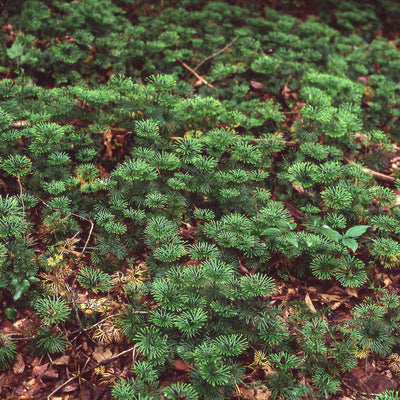How To Handle Plants Safely
Proper Ways of Handling Plants: Plant Care Tips
It is necessary to handle plants carefully and delicately. Think of handling plants like an infant child, which would give you a good idea of handling plants. When transporting plants, there should be no areas that will confine their appearance. Plenty of house plants can be shipped through the mail by online nursery stores, and the utmost care should be taken when shipping plants to your doorstep. If you choose to have a plant shipped to your home, inspect the plant for signs of wilt or damage. Ensure there is no sign of mold in the form of dust or yellow spotting on the leaves. Whenever handling a plant, make sure the roots and leaves are intact. Usually, the roots will be wrapped in a burlap sack to protect them. When purchasing starter plants, make sure the plants are at proper room temperature if planning to garden the next day. Certain plants may require specific temperature conditions to thrive. Please keep them in a cool, shaded area, preferably the garage, where insects cannot reach them. Some plants, however, may need exposure to direct sunlight for optimal growth. If you have bought insects, ensure they are kept free of bacteria. Please keep them in the covering and do not take them out until they are ready to plant. You can place seeds out of the package in hot water to clear them of any bacteria. That will help kill harmful microbes that can grow with your plant. When spraying any pesticides, be careful about the type of chemical you spray around your plants and how much you spray on your plants. Organic pesticides are always best to spray directly on plants, but as with any plant, be sure not to spray too many chemicals. When planting any starter plant, you should always handle a plant by the midsection, ensuring it does not handle the roots that may break them. Plant the roots firmly in well-nourished soil, and if you plant needs, then top off with the necessary water so the roots can get plenty of nutrients. Remember to fertilize indoor plants every 2-3 weeks to provide essential nutrients. As plants grow, be sure to prune your plants to make way for new leaves and stems. That is especially important for fruit-producing plants to grow the healthiest plant foods possible. Pruning also keeps plants healthy and will prepare them for the winter. Flowering plants may require additional nutrients, such as potassium, during their active growth phase.


